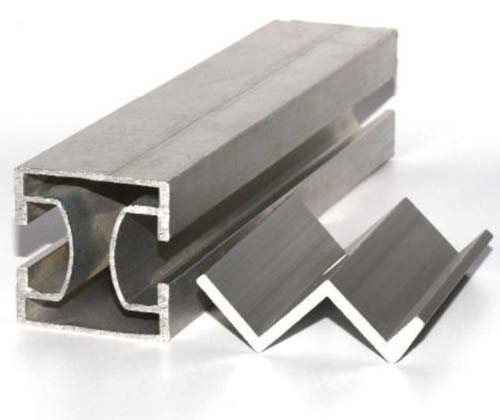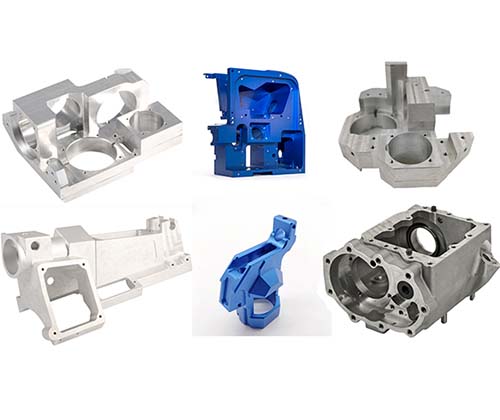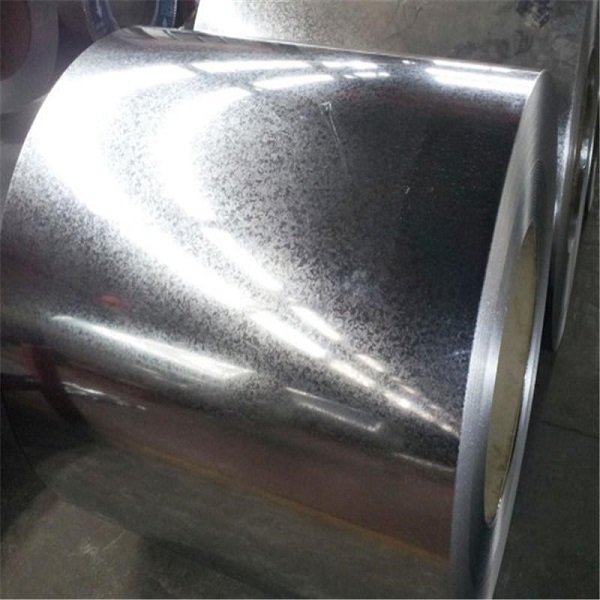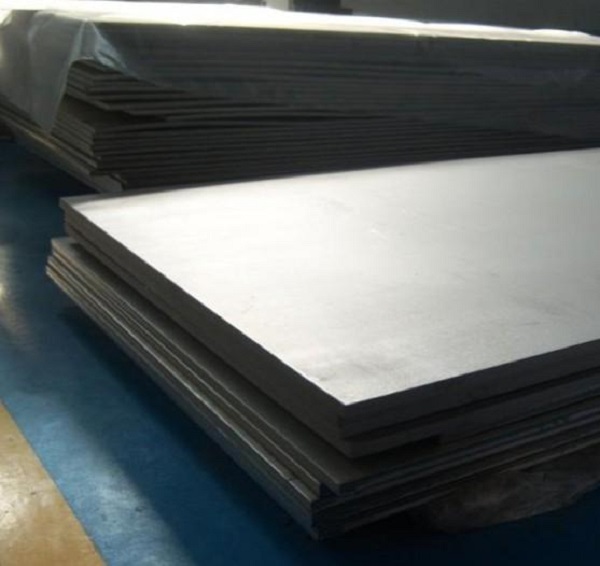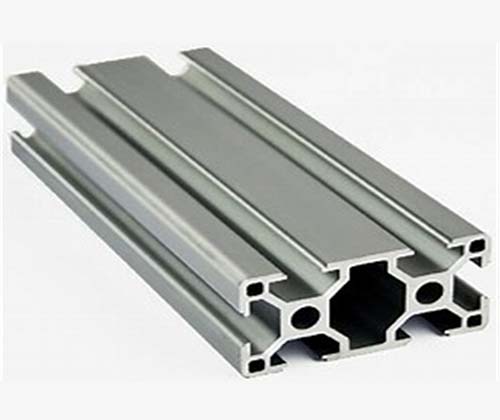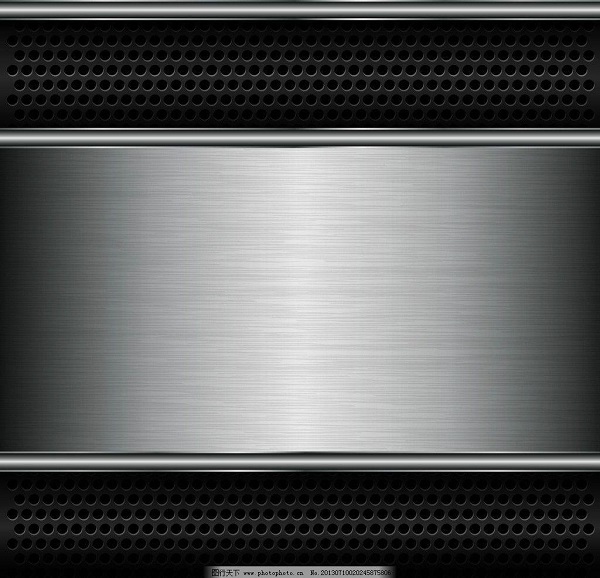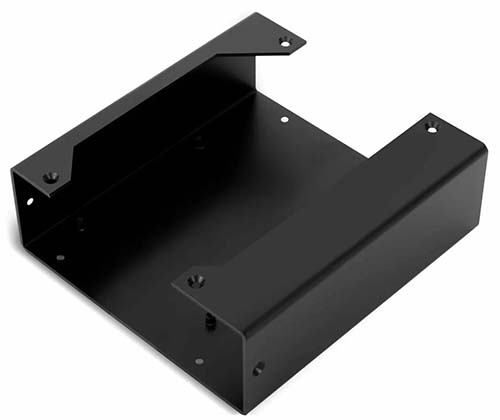What is 20 Gauge Sheet Metal?
In the world of metalworking, the term "gauge" is crucial when referring to sheet metal. Gauge is a standard unit of measurement that indicates the thickness of the sheet metal. 20 gauge sheet metal has a specific thickness, which is approximately 0.037 inches (0.94 mm) in the United States' standard gauge system. This measurement system is widely used in various industries such as automotive, construction, and manufacturing.
It's important to note that as the gauge number increases, the thickness of the sheet metal decreases. For example, 18 gauge sheet metal is thicker, with a thickness of about 0.0478 inches (1.21 mm), while 22 gauge sheet metal is thinner, measuring around 0.0299 inches (0.76 mm). This inverse relationship between the gauge number and thickness is a fundamental concept in working with sheet metal. Understanding this can help you choose the right gauge for your specific project. The following table shows a comparison of different gauge sheet metals and their thicknesses:
| Gauge | Thickness (inches) | Thickness (mm) |
| 18 | 0.0478 | 1.21 |
| 20 | 0.037 | 0.94 |
| 22 | 0.0299 | 0.76 |
Key Characteristics
Durability
20 gauge sheet metal is known for its remarkable durability. It can withstand a significant amount of wear and tear, making it suitable for various applications. In outdoor environments, it is often used in the construction of outdoor equipment such as storage sheds and ventilation ducts. For example, many industrial storage sheds are built with 20 gauge sheet metal for their outer panels. These sheds are exposed to harsh weather conditions like rain, strong sunlight, and wind throughout the year. The 20 gauge sheet metal can resist corrosion from moisture in the rain and oxidation from sunlight over long periods, maintaining its structural integrity.
In industrial machinery, 20 gauge sheet metal is used in components that experience constant mechanical stress. Take conveyor belts in factories as an example. The metal sheets used in the structure of the conveyor belt's components need to endure the continuous movement and friction of the conveyed materials. 20 gauge sheet metal can handle this stress without easily deforming or wearing out, ensuring the long - term operation of the conveyor system.
Formability
Another key characteristic of 20 gauge sheet metal is its excellent formability. It can be easily shaped into various forms through common metalworking processes. For instance, bending is a straightforward operation for 20 gauge sheet metal. With the help of a bending machine, it can be bent into angles required for different products, such as the frames of metal furniture. The metal can be bent precisely to the desired degree without cracking or losing its mechanical properties.
Stamping is also a widely used process for 20 gauge sheet metal. In the automotive industry, many parts like car door panels are stamped from 20 gauge sheet metal. The high - speed stamping process can quickly transform the flat sheet metal into complex three - dimensional shapes, meeting the design requirements of modern automobiles. This formability allows manufacturers to create a wide range of products with different shapes and sizes, expanding the application scope of 20 gauge sheet metal.
Conductivity (if applicable)
If the 20 gauge sheet metal is made of conductive metals such as copper or aluminum, it exhibits good electrical conductivity. In the electrical field, it can be used in the production of electrical enclosures and heat sinks. Electrical enclosures made of conductive 20 gauge sheet metal not only protect the internal electrical components from external physical damage but also play a role in electrostatic shielding, ensuring the stable operation of electrical equipment.
Heat sinks made of 20 gauge sheet metal, especially those made of aluminum, are widely used in electronic devices like computers and power amplifiers. The good thermal conductivity of the metal helps to quickly transfer the heat generated by electronic components to the outside, preventing the components from overheating and extending their service life.
How to Choose the Right 20 Gauge Sheet Metal
Consider the Material Type
When choosing 20 gauge sheet metal, the material type is a crucial factor. Different materials have different properties, costs, and suitable application scenarios.
Stainless Steel: Stainless steel 20 gauge sheet metal is highly resistant to corrosion. It contains chromium, which forms a passive oxide layer on the surface, protecting it from rust and degradation. This makes it ideal for applications in the food and beverage industry, such as food processing equipment and storage tanks. For example, in a dairy factory, the tanks used to store milk are often made of stainless steel 20 gauge sheet metal. It ensures that the milk remains uncontaminated as the metal won't react with the milk's components over time. However, stainless steel is relatively expensive compared to some other materials, and its processing can be more challenging due to its hardness.
Carbon Steel: Carbon steel 20 gauge sheet metal is a cost - effective option. It has good strength and is widely used in general manufacturing, such as in the production of metal brackets and frames. For instance, in construction, carbon steel 20 gauge sheet metal is often used to make the internal support structures of buildings. But carbon steel is prone to rusting in the presence of moisture and oxygen. To address this, it usually needs to be coated with paint, galvanized, or treated with other anti - corrosion methods.
Aluminum Alloy: Aluminum alloy 20 gauge sheet metal is lightweight, with a density about one - third that of steel. This makes it suitable for applications where weight reduction is crucial, such as in the aerospace and automotive industries. In aircraft manufacturing, many non - structural components like interior panels are made of aluminum alloy 20 gauge sheet metal. It also has good thermal conductivity and can be used in heat - dissipating applications. However, compared to steel, aluminum alloy has a lower strength - to - weight ratio in some cases, and it may not be suitable for applications that require extremely high strength. The following table summarizes the differences:
| Material | Corrosion Resistance | Cost | Strength | Weight | Suitable Applications |
| Stainless Steel | High | High | High | Heavy | Food and beverage, medical |
| Carbon Steel | Low (without treatment) | Low | High | Heavy | General manufacturing, construction |
| Aluminum Alloy | Medium | Medium | Medium (lower than steel) | Light | Aerospace, automotive, heat - dissipating |
Evaluate Quality Standards
Quality is another important aspect when selecting 20 gauge sheet metal. Here are some ways to judge the quality:
Surface Flatness: A high - quality 20 gauge sheet metal should have a flat surface. Any warping or unevenness can affect the manufacturing process and the final product quality. You can use a straightedge or a flat plate to check the surface. Place the straightedge on the sheet metal surface; if there are gaps between the straightedge and the sheet metal, it indicates surface irregularities. For example, in the production of precision - made metal boxes, a flat - surface sheet metal is required to ensure a proper fit of the box's sides and a seamless appearance.
Thickness Uniformity: The thickness of the 20 gauge sheet metal should be consistent throughout. Variations in thickness can lead to inconsistent performance in different parts of the product. You can use a micrometer to measure the thickness at multiple points on the sheet metal. If the measured values deviate significantly from the standard 0.037 inches (0.94 mm), it means the thickness uniformity is poor. In the manufacturing of electronic enclosures, uniform thickness is crucial to ensure consistent electromagnetic shielding performance.
Material Purity: For some applications, the purity of the metal material is important. Impurities in the metal can affect its mechanical properties and corrosion resistance. You can request a material test report from the supplier, which will show the chemical composition of the sheet metal and whether it meets the required purity standards. For example, in the production of high - end jewelry boxes made of stainless steel 20 gauge sheet metal, high - purity stainless steel is needed to ensure a shiny and durable finish.
Yigu Technology's View
As a non - standard plastic metal products custom Supplier, Yigu Technology highly values 20 gauge sheet metal in custom processing.
In terms of processing technology, we are proficient in various methods suitable for 20 gauge sheet metal. Laser cutting is one of our key techniques. It can cut 20 gauge sheet metal with high precision, ensuring clean edges and accurate dimensions. For example, when making custom - shaped parts for electronic equipment, laser cutting can create complex outlines without causing significant heat - affected zones, maintaining the integrity of the metal's properties.
CNC bending is another area where we excel. We can bend 20 gauge sheet metal to the exact angles required by the design, whether it's for creating the frames of metal furniture or the enclosures of industrial equipment. The use of CNC technology ensures repeatability and high - quality bends.
In terms of the achievable custom effects, we can meet a wide range of customer needs. For surface treatment, we offer options like powder coating, which can not only protect the 20 gauge sheet metal from corrosion but also provide a variety of colors and textures to enhance the aesthetic appeal. Anodizing is also available for aluminum - based 20 gauge sheet metal, increasing its hardness and wear resistance while giving it a unique appearance. We can also incorporate embossing or debossing techniques to add patterns or logos on the sheet metal surface, making the customized products more distinctive.
FAQs
What are the typical thickness tolerances for 20 gauge sheet metal?
The typical thickness tolerances for 20 gauge sheet metal can vary depending on the manufacturing process and the material. Generally, for cold - rolled steel 20 gauge sheet metal, the thickness tolerance is often within ±0.002 inches to ±0.003 inches. For aluminum 20 gauge sheet metal, the tolerance might be around ±0.002 inches. High - quality manufacturing processes can achieve even tighter tolerances, which are crucial for applications that require precise dimensions, such as in the production of electronic components.
Can 20 gauge sheet metal be used for outdoor applications without additional protection?
It depends on the material of the 20 gauge sheet metal. If it's made of stainless steel, it has some natural corrosion - resistance and can be used outdoors without additional protection for a certain period, especially in less - harsh environments. However, for carbon steel 20 gauge sheet metal, using it outdoors without additional protection is not advisable. Carbon steel is highly prone to rusting when exposed to moisture, oxygen, and other environmental factors. In a humid outdoor environment, it can start to corrode within a short time, which will weaken its structural integrity. For aluminum alloy 20 gauge sheet metal, although it has some resistance to corrosion, it may still be affected by long - term exposure to ultraviolet rays and certain chemicals in the air, so additional protection like painting or anodizing is often recommended for long - term outdoor use.
How does the cost of 20 gauge sheet metal compare to other gauges?
Generally, as the gauge number increases (and the thickness decreases), the cost per square foot of sheet metal tends to decrease. 20 gauge sheet metal is usually more expensive than thicker gauges like 18 gauge because the manufacturing process for thinner gauges may require more precision and advanced techniques. For example, in carbon steel sheet metal, 18 gauge might cost around \(1.5 - \)2 per square foot, while 20 gauge could be in the range of \(1.8 - \)2.3 per square foot. However, compared to thinner gauges such as 22 gauge, 20 gauge is costlier. 22 gauge carbon steel sheet metal may cost about \(1.2 - \)1.6 per square foot. The cost also varies significantly depending on the material type, with stainless steel and some high - performance alloys being much more expensive than regular carbon steel at the same gauge.
